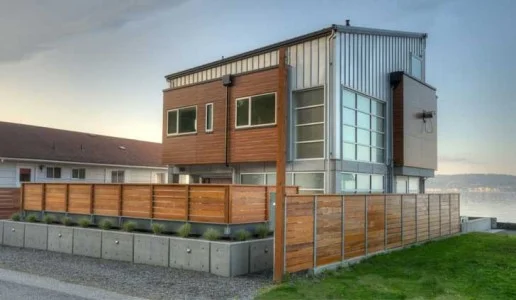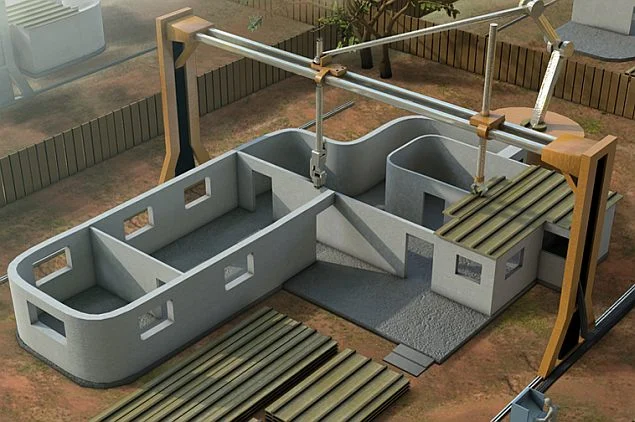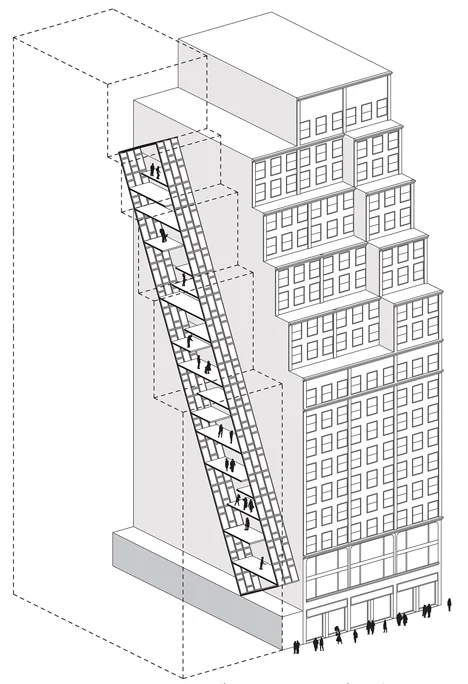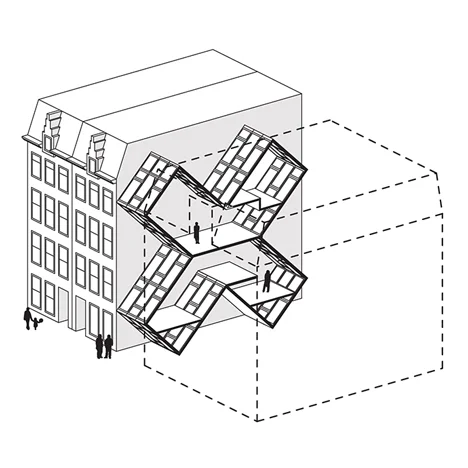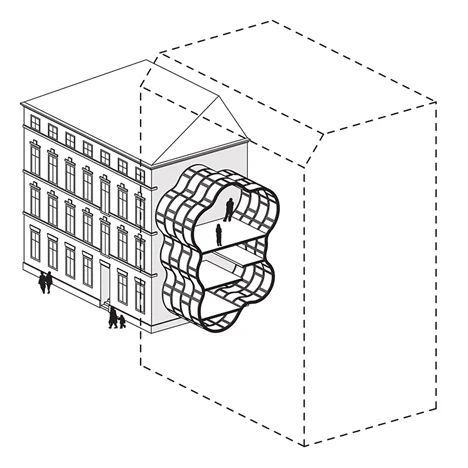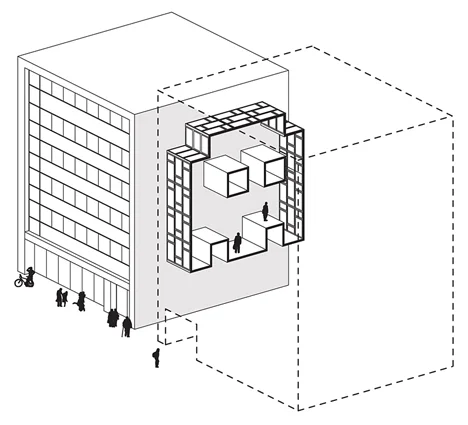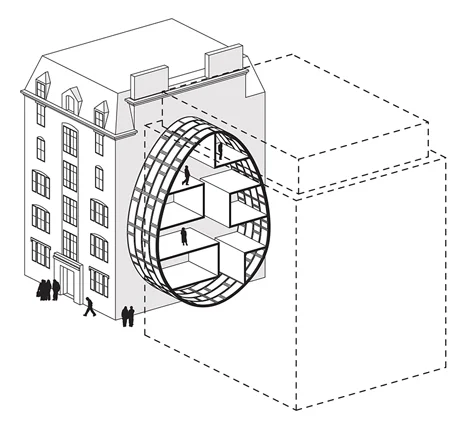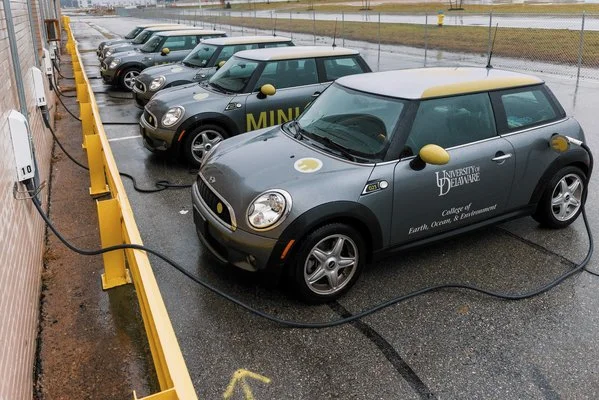We hope you enjoy our weekly roundups! The AfS organization enjoys sharing innovation from around the world, helping to show the impressive future we are creating together.
Enjoy the roundup (this covers 03/15-03/21)!
>Habitats for humanity: Why our cities need to be ecosystems, too.
Enter University of Virginia urban and environmental planning professor Tim Beatley with the solution, FINALLY. Here he comes, with the delivery. Wait for it…
Wait, come back! It’s better than it sounds! Biophilic cities are places where animals and plants and other wild things weave through our everyday lives. The name comes from “biophilia,” E.O. Wilson’s theory that humans have an innate connection to other living things, because we evolved alongside them. It’s futurism with a paleo twist: An effort to create human habitat that can also host a menagerie of wild creatures — and not just for their sake, but for ours. Keep reading!
>Sweden, a recycling-happy land where a quarter of a million homes are powered by the incineration of waste, is facing a unique dilemma: The nation has run out of much-needed fuel. Sweden, birthplace of the Smörgåsbord, Eric Northman, and the world’s preferred solar-powered purveyor of flat-pack home furnishings, is in a bit of a pickle: the squeaky clean Scandinavian nation of more than 9.5 million has run out of garbage. The landfills have been tapped dry; the rubbish reserves depleted. And although this may seem like a positive — even enviable — predicament for a country to be facing, Sweden has been forced to import trash from neighboring countries, namely Norway. Yep, Sweden is so trash-strapped that officials are shipping it in — 80,000 tons of refuse annually, to be exact — from elsewhere. You see, Swedes are big on recycling. So big in fact that only 4 percent of all waste generated in the country is landfilled.
Good for them! However, the population's remarkably pertinacious recycling habits are also a bit of a problem given that the country relies on waste to heat and to provide electricity to hundreds of thousands of homes through a longstanding waste-to-energy incineration program. So with citizens simply not generating enough burnable waste to power the incinerators, the country has been forced to look elsewhere for fuel. Says Catarina Ostlund, a senior advisor for the Swedish Environmental Protection Agency: “We have more capacity than the production of waste in Sweden and that is usable for incineration.”
Sweden, a recycling-happy land where a quarter of a million homes are powered by the incineration of waste, is facing a unique dilemma: The nation has run out of much-needed fuel.
>Petwalk: A draft-free doggy door for energy-efficient homes.
Adios plastic flaps! High-tech and highly insulated, the Petwalk system not only prevents drafts but stops intruders, human or otherwise, from squeezing their way into your home.
It’s a given that plastic-flapped pet doors and the furnace-less wonders known as passive houses aren’t exactly simpatico. Installing a traditional pet door in a home built to the stringent passivhaus energy efficiency standard — a standard once described by Lloyd Alter at sister site TreeHugger as involving a ****load of insulation, careful detailing, and controlled amounts of high quality glazing — is, well, blowing it, as they’re essentially giant holes that promote the one thing that passive house building sets out to avoid: drafts.
So what to do if you long to live — or currently reside — in a sealed-up, super-insulated home but also own a dog or a kitty that likes stroll in and out to and from the backyard as he or she pleases?
Recently unveiled at EcoBuild 2014 in London (h/t to Gizmag), Petwalk — “the first real high quality entry for pets” — is a thermally insulated, crazy-sophisticated pet door from Austria (of course) with aburglar-resistant built-in alarm system and a windproof, passive house-conforming design that prevents energy loss, i.e. heat from escaping and cold air from getting into your high-efficiency home.
>A modular passive house concept out of France dubbed Pop-Up House has been generating a fair amount of ooh la las over the past few days — and for good reason, as it would appear to truly live up to the claim presented in its tagline, which to some, could be read as an oxymoron: “Making passive construction easy."
Easy, of course, was the operative word involved with the construction of the 1,615-square-foot Pop-Up House prototype in Aix-in-Provence, France: It was relatively cheap (more on that in a bit), required hardly any special tools (just an electric screwdriver), and went up insanely quick (just four short days). I’m also guessing that the mental anguish that comes with assembling flat-packed furniture from a certain retailer was absent given that the airtight abode in question revolves around "simplicity that would make a Swedish furniture manufacturer blush!"
>JAJA Architects thinks that parking garages should offer more than just spaces to leave vehicles. The firm just won a competition to design a massive parking garage in the new development area of Nordhavn in Copenhagen. The garage will feature a green facade made up of planter "shelves", a green roof complete with a playground, two special staircases and a railing that will serve to connect pedestrians on the street level to the roof. Continue reading!




















